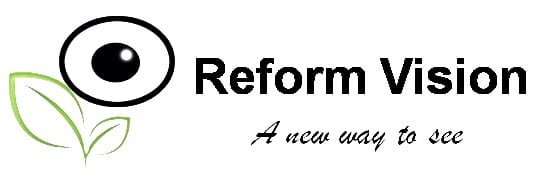Low Vision Aids Clinic
When a person has a significant visual impairment that can’t be corrected fully with glasses, contact lenses, medication or even with surgeries, it is termed low vision.
Low vision is defined as “A person with low vision is one who has impairment of visual functioning even after treatment, and/ or standard refractive correction, and has a visual acuity of less than 6/18 to light perception or a visual field of less than 10 degrees from the point of fixation, but who uses, or is potentially able to use, vision for the planning and/or execution of a task” as per World Health Organization (WHO).
When we talk about the low vision we are talking about three different kinds of visual impairment, which are described as follows:
Central vision loss:
As the name suggests the patient has visual impairment only in the centre part of his vision. It is commonly associated with eye conditions like diabetic retinopathy, macular degeneration, Stargardt’s disease, macular scar, age-related macular degeneration, choroidal neovascular membrane, hypertensive retinopathy, etc.

Peripheral vision loss:
In this, the central vision will be clear but the patient will generally complain of not being able to judge side objects and needs to make more head movement. It is commonly associated with eye conditions like retinitis Pigmentosa, glaucoma, lasered diabetic retinopathy, retinal vein occlusions etc.

Overall blur:
In this type of vision impairment, the patient sees everything blurry. It is commonly associated with eye conditions like Optic atrophy, keratoglobus, eye injury, PMCD, corneal scar, keratoconus, TMCD, amblyopia, albinism, etc.

What are low vision aids?
Low vision aids are the devices that are been prescribed to patients as per their visual conditions. There are three categories of low vision devices and are as follows:
Optical devices: There are various optical devices such as telescopes, handheld magnifiers, spectacle magnifiers, stand magnifiers, etc. These devices provide quality magnification at a reasonable price. The disadvantage of the optical device is that it can provide magnification only to a certain extent. Also at times it is difficult to handle them and may involve posture-related issues unless better support is used.
Non Optical devices: These are low vision aids that do not magnify letters to improve visual function. These are the devices that help in improving functional vision by assisting optical devices or by replacing an optical device. A few examples are Braille, Typoscope, letterhead, signature guide, notex, walking cane, etc.
Electronic devices: These are high-tech devices that assist low-vision patients. Electronic device provides high magnification with clear image quality which at a time is not possible with the optical device. The electronic device includes video magnifier systems, closed-circuit televisions, Bluetooth connections to smart projectors, etc. These are very helpful in moderate to severe visual impairment. It is easy to carry and use and the patient can read with ease without any postural discomfort.
How to prescribe a low vision device?
Before prescribing any low vision aids your practitioner will make a note of the diagnosis. In cases of a temporary visual impairment, the prescription of the aids will be different when compared to permanent impairment. Temporary impairment is caused by acute central serous retinopathy, cataract, etc.
Now note down all the complaints like difficulty in walking in the dark, walking down the stairs, glare, etc. Depending upon the complaints one can choose what needs to be prescribed or suggested. A few examples are as follows:
• Difficulty in reading on the blackboard – a telescope can be prescribed along with the change of sitting position of the child to the first bench and in the centre.
• Glare – Filters or tinted glasses can be prescribed.
• Difficulty in reading – stand magnifier along with a reading stand, video magnifier, spectacle magnifier etc can be prescribed.
• Difficulty in reading computer screen – software like JAWS, Virtual vision etc can be suggested.
The practitioner also considers the patient’s best corrected visual acuity for distance and near before prescribing any low vision aids.
Why prescribe low vision aids?
Low vision aids give independence, help in adapting and fulfilling their daily needs/activities and exposure to opportunities for a visually impaired person.

